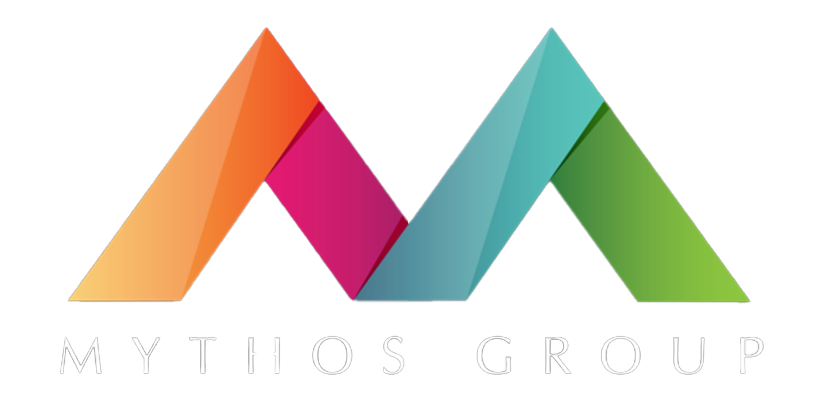Effective Change Management: How To Prepare Your Business For Organizational Changes
In the ever-evolving business landscape, change is not just inevitable but essential for growth and sustainability. Organizational changes, whether they involve adopting new technologies, restructuring teams, or entering new markets, can be daunting. Effective change management is crucial to navigate these transitions smoothly and ensure your business continues to thrive. This article will guide you through the critical steps of preparing for change, overcoming challenges, learning and adapting, and planning for the future.
Prepare, Prepare, Prepare
Preparation is the cornerstone of effective change management. It begins with recognizing the need for change and understanding its scope and impact. It’s paramount to prepare yourself and your team for a change before attempting to implement it. When people fully invest in a change, it is 30% more likely to stick, as reported by McKinsey. Comprehensive preparation involves several key steps, including the following.
Understand The Change
Before implementing any changes, it’s vital to understand what the change entails and why it’s necessary. Conduct thorough research and analysis to identify the areas that need improvement or transformation. Whether it’s updating technology, restructuring departments, or shifting business strategies, understanding the root cause and the desired outcome is crucial.
Communicate With Your Team
Transparent and open communication with your team is essential. Inform your staff about the upcoming changes in advance, the reasons behind them, and the benefits they will bring. Encourage feedback and address any concerns they may have. This fosters a sense of inclusion and reduces resistance to change.
Provide Education And Training
Equip your employees with the knowledge and skills they need to adapt to the changes. Offer training sessions, workshops, and resources that will help them understand and embrace new processes or technologies. Continuous learning opportunities not only facilitate a smoother transition but also enhance overall employee competence and confidence.
Develop A Detailed Plan
Create a detailed change management plan that outlines the steps involved, timelines, responsibilities, and resources required. This plan should include milestones and benchmarks to track progress. Having a clear roadmap ensures everyone knows what to expect and can prepare accordingly.
How To Overcome Challenges
Implementing organizational changes is rarely a straightforward process. Various challenges can arise, from employee resistance to logistical hurdles. Here’s how to address some common challenges.
Employee Resistance
Resistance to change is a natural human reaction. Employees may fear the unknown, worry about job security, or feel overwhelmed by new responsibilities. To overcome resistance, involve employees in the change process from the beginning. Seek their input, listen to their concerns, and demonstrate how the changes will benefit them and the organization.
Inadequate Resources
Changes often require additional resources, whether it’s time, money, or manpower. Conduct a thorough assessment to ensure you have the necessary resources in place. If resources are limited, prioritize critical aspects of the change and consider implementing changes in phases to manage constraints effectively.
Communication Breakdowns
Poor communication can derail change initiatives. Maintain consistent and clear communication throughout the process. Use multiple channels such as emails, meetings, and internal newsletters to keep everyone informed. Regular updates help prevent misinformation and keep the team aligned.
Cultural Barriers
Organizational culture can significantly influence the success of change initiatives. If the existing culture is resistant to change, it’s essential to address this first. Promote a culture of flexibility and continuous improvement. Highlight success stories and reward adaptability to encourage a positive attitude towards the change.
Learn And Adapt
No matter how meticulously you plan, unforeseen challenges and mistakes are bound to occur. The key to successful change management lies in your ability to learn and adapt.
Embrace Mistakes As Learning Opportunities
Mistakes and setbacks are bound to happen. Instead of viewing them as failures, treat them as valuable learning experiences. Analyze what went wrong, why it happened, and how you can prevent it in the future. This proactive approach fosters a culture of resilience and continuous improvement.
Monitor And Evaluate Progress
Regularly monitor the progress of the change initiatives against the established benchmarks and milestones. Use key performance indicators (KPIs) to measure success and identify areas needing adjustment. Continuous evaluation allows for timely interventions and course corrections.
Solicit Feedback
Actively seek feedback from employees at all levels. Their insights can provide a ground-level view of how the changes are being implemented and perceived. Use this feedback to make necessary adjustments and improve the process.
Stay Flexible
Flexibility is essential in change management. Be prepared to adapt your strategies as new information and circumstances arise. This agile approach ensures you can respond effectively to unexpected challenges and opportunities.
Start Planning Today
Effective change management is an ongoing process, not a one-time event. The sooner you start planning and preparing, the better positioned your business will be to handle future changes. Here is a guide to get started.
Assess Your Current State
Conduct a comprehensive assessment of your current operations, resources, and organizational culture. Identify areas that may need improvement or transformation and consider the potential impacts of these changes.
Set Clear Goals
Define clear, measurable goals for what you want to achieve through the changes. These goals should align with your overall business objectives and provide a clear direction for your change management efforts.
Develop A Change-Ready Culture
Foster a culture that embraces change and innovation. Encourage continuous learning, reward adaptability, and promote open communication. A change-ready culture is more resilient and better equipped to handle transitions smoothly.
Engage Leadership
Strong leadership is crucial for successful change management. Ensure your leaders are committed to the change process and are prepared to lead by example. Their support and involvement can significantly influence the success of the initiatives.
Change is an integral part of business growth and development. Effective change management requires thorough preparation, the ability to overcome challenges, a willingness to learn and adapt, and proactive planning. By following these steps, you can ensure your organization is well-prepared to navigate the complexities of change and emerge stronger and more resilient.
Don’t wait for change to happen. Start planning today to stay ahead in the ever-evolving business landscape. Embrace change as an opportunity for growth and innovation, and lead your business towards a successful future. Contact Mythos Group to discuss actionable steps to start making changes in your organization today.







